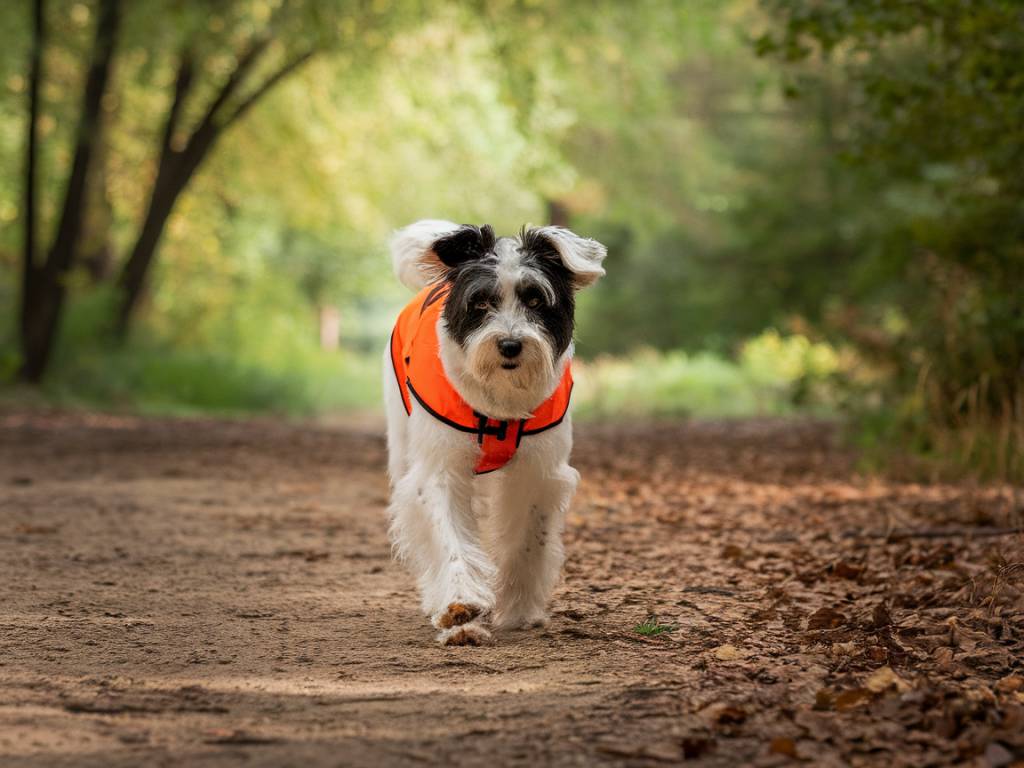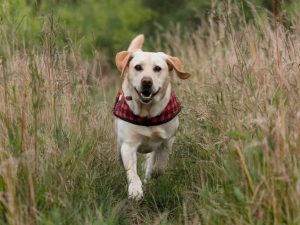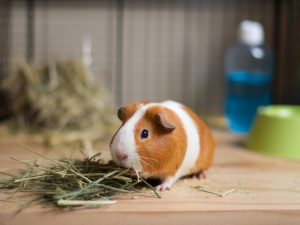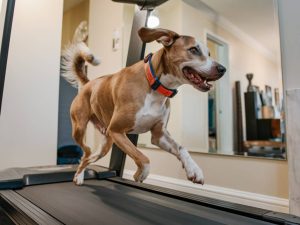Safe outdoor activities for senior dogs to maintain mobility

safe outdoor activities for senior dogs to maintain mobility
Understanding the Needs of Senior Dogs
As our beloved canine companions age, maintaining their mobility becomes crucial to their overall health and well-being. Senior dogs often face challenges like arthritis, reduced stamina, and muscle weakness. However, with the right approach, outdoor activities can greatly benefit their physical and mental health. Keeping them active helps stave off age-related ailments, boosts their mood, and prolongs their quality of life.
The Benefits of Outdoor Activities for Senior Dogs
Engaging your senior dog in outdoor activities is more than just exercise; it’s an opportunity for them to breathe fresh air, enjoy new environments, and engage their senses. Outdoor activities help improve circulation, maintain muscle tone, and can enhance their mental acuity. Engaging them in safe activities can reduce anxiety, ward off depression, and also slow the progression of age-related issues.
Assessing Your Senior Dog’s Abilities
Before starting any new activity, it’s important to assess your dog’s current health and capabilities. Consulting with a veterinarian can provide insights into what activities are suitable for your dog. Individual factors such as breed, health history, and energy levels should be considered. A gentle approach is key, especially if your dog hasn’t been very active recently.
Safe Outdoor Activities for Senior Dogs
Your senior dog may not be able to run a marathon, but there are plenty of activities that they can enjoy safely. Here are some suggestions:
- Leisurely Walks: Walking is one of the best exercises for senior dogs. It’s low-impact and can be adjusted to fit their speed and stamina. Choose a familiar route or explore new trails, but watch for any signs of fatigue.
- Gentle Hiking: If your dog enjoys walks, you can introduce them to gentle hiking. Opt for shorter, flat trails. It’s best to start with shorter distances and gradually increase the length of your outings only if your dog shows enthusiasm and endurance.
- Swimming: Many senior dogs benefit from swimming, which is easy on the joints while still providing a full-body workout. Look for dog-friendly swimming areas or consider a dog pool. Always supervise your dog and use a life jacket if necessary.
- Interactive Games: Games like fetch or tug-of-war can be modified to be less strenuous. Use a soft ball or toy, and keep play sessions short to prevent overexertion.
- Puzzle Solving in the Park: Engage your dog’s mind by letting them solve puzzles in a safe outdoor space. Scatter treats or use a hidden treat toy. This stimulates their thinking and keeps them occupied physically with minimal effort.
Creating a Safe Environment
When engaging your senior dog in outdoor activities, it’s essential to keep their safety in mind:
- Monitor the Weather: Avoid outdoor activities during extreme temperatures. Choose cooler times in the day for activities during summer and ensure your dog is warm in winter.
- Regular Breaks: Allow your dog to take frequent breaks. Hydration is important, so always carry water and encourage your dog to drink often.
- Protect Their Paws: Ensure the walking surface is not too hot or rough. Consider dog booties for extended walks on challenging terrains.
- Adjust Intensity and Duration: Listen to your dog’s cues. If they seem tired or uninterested, it’s time to rest. Activities should be enjoyable, not stressful.
Adapting Over Time
Your senior dog’s needs and abilities might change over time, so it’s important to adapt their activities accordingly. Regular veterinary check-ups can detect changes in their health that might affect their ability to exercise. Adjusting the intensity and duration of activities is key. Introducing new types of exercises that are more suitable as they age can also help maintain their interest and physical health.
Recognizing Signs of Overexertion
It’s vital to be aware of signs that your senior dog might be overexerted, which can include heavy panting, limping, or reluctance to continue an activity. If any of these symptoms appear, it’s wise to end the exercise immediately and allow your dog to rest. Continuous overexertion can lead to serious health issues, so reinforcing a cautious approach is beneficial.
The Role of Nutrition and Hydration
Alongside outdoor activities, maintaining a balanced diet is crucial for senior dogs. Foods rich in Omega-3 fatty acids, glucosamine, and chondroitin can support joint health. Always ensure your dog has access to clean, fresh water, especially before and after physical activities to prevent dehydration. Consulting with a veterinarian about dietary needs specific to your dog’s breed and health condition is recommended.
Socializing with Other Dogs
Senior dogs can also benefit from social interactions during outings. Regular playdates with other dogs, especially those of similar age and temperament, can enrich their lives emotionally and alleviate feelings of isolation. Ensure play sessions are supervised to prevent rough play that might result in injury.
Tools and Accessories for Senior Dogs
Certain tools and accessories can make outdoor activities more comfortable for senior dogs:
- Supportive Harnesses: These can aid dogs with weaker limbs during walks, offering extra support to ensure stability and reduce strain.
- Portable Ramps: These help dogs get in and out of cars, or climb stairs, ensuring they don’t strain their joints.
- Cooling Vests: Especially useful in warmer weather, cooling vests can help regulate a senior dog’s temperature during outdoor activities.
Outdoor activities can greatly enhance the life quality of senior dogs, promoting a balance of physical activity and mental stimulation. By carefully selecting suitable activities and maintaining an awareness of your dog’s capabilities, you can help them enjoy their golden years to the fullest.
Written by: Lisa Tissed
« `





